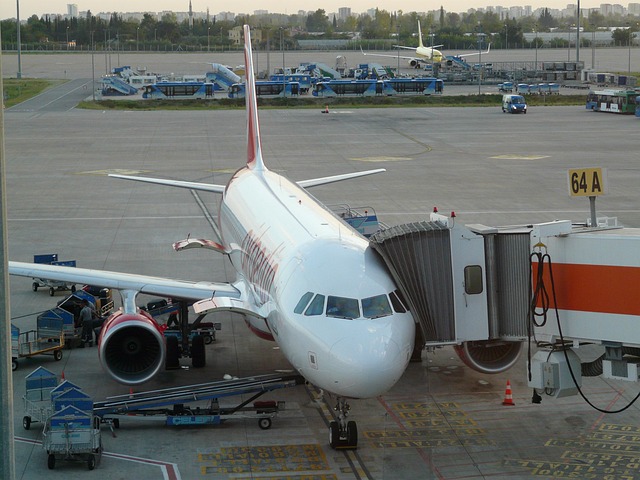Hotel key card locks enhance security through multi-factor authentication, combining physical access (key card) with knowledge-based verification (PIN). This two-step process prevents unauthorized entry, even if a guest loses their card, offering increased peace of mind for guests and robust security for hotels. Biometric authentication can further strengthen this protection.
Multi-factor authentication (MFA) enhances security by requiring multiple verification methods, beyond passwords. This article explores MFA with a focus on hotel key card locks and Personal Identification Numbers (PINs). We’ll delve into the fundamentals of MFA, understand the unique benefits of integrating key cards and PINs for access control in hotels, and discuss implementation strategies for improved security without compromising guest experience. Hotel key card locks play a vital role in this multi-layered approach.
Understanding Multi-Factor Authentication Basics
Multi-factor authentication (MFA) is a security mechanism that requires multiple forms of verification before granting access. Unlike traditional single-factor methods, like using just a key card or PIN, MFA adds an extra layer of protection. This involves combining something the user knows (like a PIN), with something they have (such as a hotel key card lock or a mobile device), or even something they are (biometric data).
By implementing MFA, organizations and individuals can significantly enhance security. For example, in the context of hotel key card locks, MFA ensures that only authorized personnel with both the correct PIN and the physical key card can access a room or facility. This simple yet effective method reduces the risk of unauthorized entry and protects sensitive areas from potential security breaches.
Hotel Key Card Locks: A Physical Layer of Security
Hotel key card locks play a pivotal role in enhancing physical security within hospitality settings. These advanced access control systems go beyond traditional keys, requiring guests to present both a unique key card and a personal identification number (PIN) for entry. This multi-factor authentication ensures that even if a guest loses their key card, unauthorized individuals cannot gain access without knowing the associated PIN.
By implementing hotel key card locks, establishments create an extra layer of protection, deterring break-ins and unauthorized entries. The physical cards and secure PIN system prevent sharing or copying, making it much harder for malicious actors to compromise security. This technology is a game-changer in the hospitality industry, offering guests enhanced peace of mind and property managers robust security measures.
Integrating PINs for Enhanced Access Control
Integrating PINs with hotel key card locks significantly enhances access control security. This two-factor authentication method adds an extra layer of protection beyond simply possessing a key card, ensuring that even if a card is lost or stolen, unauthorized access is still deterred. By requiring both a physical key card and a personal identification number (PIN), hotels can safeguard their premises against unauthorized entry, providing greater peace of mind for guests and staff alike.
This integrated approach combines the convenience of key cards with the robust security of PINs. Guests can easily gain access to their rooms using familiar key cards while implementing an additional verification step through a PIN ensures that only authorized individuals can enter. Such advanced access control measures contribute to creating a secure environment, particularly in settings like hotels where sensitive information and valuables may be present.
Advantages and Implementation Strategies
Multi-factor authentication combining a key card lock system with PIN entry offers enhanced security for various settings, including hotels and other commercial buildings. This two-step process requires both physical possession of a key card and knowledge of a secret PIN, significantly increasing access control strength compared to traditional single-factor methods like keycards alone.
Implementing this strategy is relatively straightforward when utilizing modern hotel key card locks. Businesses can integrate existing keycard systems with secure PIN entry terminals, ensuring compatibility and minimal disruption. Additionally, employing biometric authentication alongside key cards and PINs further strengthens security measures, adding an extra layer of protection against unauthorized access.
Multi-factor authentication with a combination of hotel key card locks and PIN codes offers a robust physical layer of security, enhancing access control in various settings. By leveraging both tangible cards and digital PINs, this two-pronged approach ensures that even if one factor is compromised, the other acts as a critical backup. Hotel key card locks provide convenience while PINs add an extra layer of protection, making it a reliable strategy for securing premises, data, and sensitive areas. Implementing this system can significantly reduce security risks and create a safer environment for all users.
